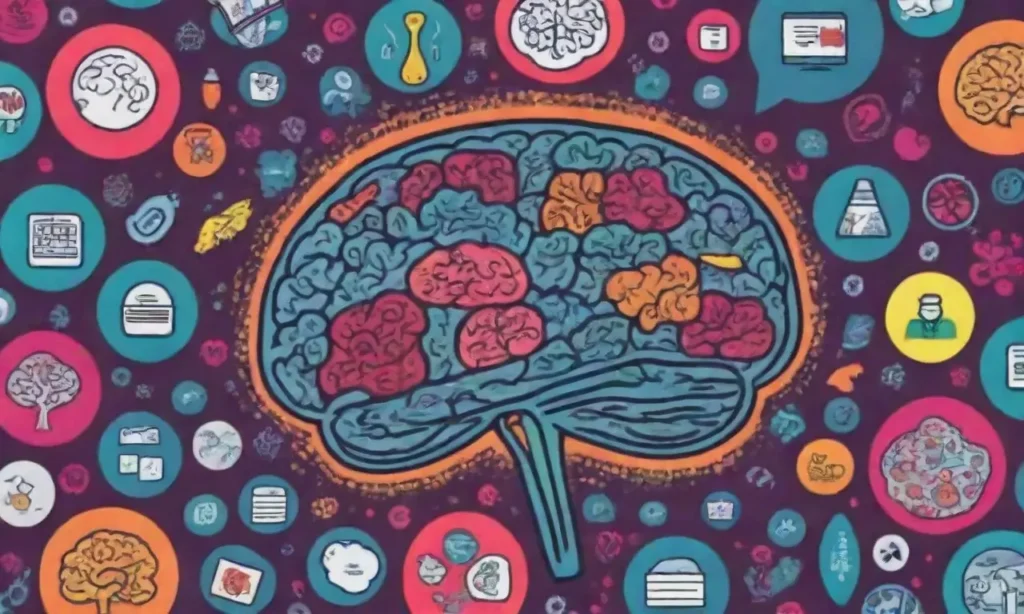
Exploring the Potential of Transfer Learning in Clinical Practice

Introduction
As the integration of artificial intelligence (AI) and machine learning into healthcare continues to evolve, there remains a profound need for methods that can effectively handle the limited data often present in clinical environments. One promising approach that has emerged in recent years is transfer learning. This technique allows for the use of a pre-trained model on one task to enhance the performance of another model on a related but different task, thus overcoming some of the limitations born from the scarcity of labeled medical data.
This article delves deeply into the concept of transfer learning and its myriad applications within clinical practice. By elucidating its mechanisms, benefits, and potential challenges, we aim to present a holistic view of how transfer learning can revolutionize healthcare, particularly in diagnosis, treatment planning, and even predictive analytics.
The Fundamentals of Transfer Learning
Transfer learning operates on the principle that knowledge acquired from one domain can be applied to another, thereby optimizing learning efficiency and model performance. In machine learning, particularly in domains where acquiring labeled data is expensive or time-consuming, leveraging knowledge from a related task can significantly accelerate the training process.
How Transfer Learning Works
At its core, transfer learning involves training a model on a large dataset from a different domain (often referred to as the source domain) and then fine-tuning it for a specific, typically smaller dataset in the target domain. For instance, a model trained to recognize images of various objects (like dogs and cats) can be adapted to classify medical images, such as X-rays or MRI scans, with considerably fewer samples.
This method often includes several steps:
1. Pre-training: The model is trained on a comprehensive dataset to learn general feature representations.
2. Domain Adaptation: The model is then fine-tuned on a limited dataset from the specific target domain, typically adjusting the last few layers of the model.
3. Evaluation and Optimization: The model's performance is tested, and hyperparameters may be tuned to enhance accuracy.
By focusing on general features recognized across different tasks, transfer learning can lead to improved generalization and robustness, ultimately fortifying healthcare applications.
Key Components of Transfer Learning
Transfer learning predominantly leverages two types of frameworks: domain adaptation and inductive transfer learning. Domain adaptation works under the premise that while the source and target domains may differ, they share some similarities in terms of feature space, whereas inductive transfer learning involves applying learned weights to a new task that is fundamentally different. Understanding these two approaches allows practitioners to select the most effective method based on the nature of their data and the clinical problems they seek to address.
Moreover, the choice of pre-trained models is crucial in this methodology. In practice, libraries such as TensorFlow and PyTorch have made various popular models readily accessible, including Inception, VGG, and ResNet, which have been pre-trained on large-scale datasets like ImageNet. Those models extract high-level features that can be beneficial for clinical scenarios, allowing healthcare professionals to focus more on minimizing errors rather than training models from scratch.
Applications of Transfer Learning in Clinical Practice
Transfer learning's adaptability makes it incredibly useful across a broad spectrum of clinical applications. From radiology to genomics, the technique offers myriad opportunities to enhance diagnostic accuracy and treatment decisions.
Imaging and Radiology
One of the most prominent applications of transfer learning is in the field of medical imaging. Medical images such as CT scans, MRIs, and ultrasounds often require precise analysis, which can be time-consuming and depends heavily on the experience of the radiologist. Transfer learning facilitates the adaptation of powerful deep learning models trained on vast datasets to analyze smaller sets of radiological images, significantly reducing the time needed for training without compromising accuracy.
A notable study demonstrated that using transfer learning could help in the detection of pneumonia from chest X-rays. A convolutional neural network (CNN) pre-trained on datasets like ImageNet significantly outperformed traditional models trained solely on medical datasets. By employing models that have learned to recognize general features in images, healthcare practitioners can rapidly identify abnormalities in imaging, leading to timelier interventions.
Genomics and Predictive Modeling
Beyond imaging, transfer learning is also making strides in genomics, where it has been applied to predict disease outcomes based on genomic data. Given the complex nature of genetic information, the amount of data needed to train effective predictive models can often be prohibitive. Transfer learning techniques allow healthcare professionals to use models trained on larger genomic databases to predict outcomes in specific populations with limited data.
By adapting existing models to account for the nuances in a specific target population's genetic information, practitioners can gain insights into disease susceptibility, treatment efficacy, and potential adverse effects. For example, transfer learning could lead to better stratification of patients with chronic diseases, allowing for more personalized treatment approaches that consider individual genetic profiles.
Electronic Health Records (EHR) and Clinical Decision Support
In addition to imaging and genomics, transfer learning plays a vital role in augmenting electronic health records (EHR) for clinical decision support systems (CDSS). Analyzing historical patient data to provide real-time recommendations for diagnosis or treatment can be challenging when databases are not sufficiently populated.
Using transfer learning, models trained on large-scale health databases can be applied to smaller, institution-specific datasets, accommodating various healthcare settings. This enables more accurate predictions of patient outcomes, optimized resource allocation, and more informed clinical decisions based on the medical history present in EHRs. As a result, healthcare providers can streamline their processes and improve patient care.
Challenges and Limitations of Transfer Learning

Despite the vast potential transfer learning holds, several challenges and limitations may impede its widespread adoption within clinical practice.
Data Quality and Distribution Shift
One of the primary hurdles is the quality of the datasets involved. In healthcare, there is often a significant distribution shift between the source and target domains. For example, a model trained on images from one hospital might not perform adequately on images from another due to differences in equipment, patient demographics, or imaging protocols. As such, careful consideration must be made regarding the selection of pre-trained models and the methods of fine-tuning to mitigate these discrepancies.
Moreover, data quality plays an integral role in ensuring the success of transfer learning applications. Inaccurate, incomplete, or biased data can lead to model bias, which may adversely impact patient outcomes and perpetuate health disparities. Addressing data quality concerns requires diligence in data collection practices and a robust framework for ongoing evaluation.
Interpretability and Clinical Implementation
Another significant challenge associated with the integration of transfer learning in clinical settings is the interpretability of models. Healthcare professionals often require not just accurate predictions but also an understanding of how models arrive at particular decisions. The complexity of deep learning models can sometimes obscure the rationale behind their predictions, thus hindering clinical trust and adoption.
Enhancing the interpretability of transfer learning models is crucial for their successful implementation in practice. This could involve developing tools and methodologies that allow clinicians to probe models to understand their decision-making processes better, ensuring they can rely upon model insights in their clinical workflows.
Ethical Considerations
Finally, the ethical implications of using AI and transfer learning in clinical practice cannot be understated. Issues surrounding patient privacy, informed consent, and potential misuse of data must be addressed proactively. Ensuring that transfer learning models are compliant with regulations such as the Health Insurance Portability and Accountability Act (HIPAA) will be fundamental to fostering trust and safeguarding patients’ rights.
Conclusion
The exploration of transfer learning in clinical practice illuminates a pathway toward more efficient, accurate, and personalized healthcare. With its ability to leverage existing models and adapt them to particular challenges faced in medical settings, transfer learning holds significant promise across various domains, from imaging and genomics to clinical decision support systems.
However, as we stride toward widespread implementation of AI methodologies in healthcare, addressing the challenges and limitations associated with transfer learning will be paramount. Ensuring data quality, enhancing model interpretability, and adhering to ethical standards are essential to building trust and achieving success.
In conclusion, if the healthcare industry embraces transfer learning thoughtfully and diligently, it may very well revolutionize patient care, empowering clinicians with powerful tools to provide better, faster, and more personalized treatments. The future of healthcare with transfer learning is not just an exciting prospect; it is becoming a tangible reality. As advancements continue to evolve, the amalgamation of technology and medicine will herald a new era of improved health outcomes for patients around the globe.
If you want to read more articles similar to Exploring the Potential of Transfer Learning in Clinical Practice, you can visit the Clinical Diagnosis Support category.



You Must Read